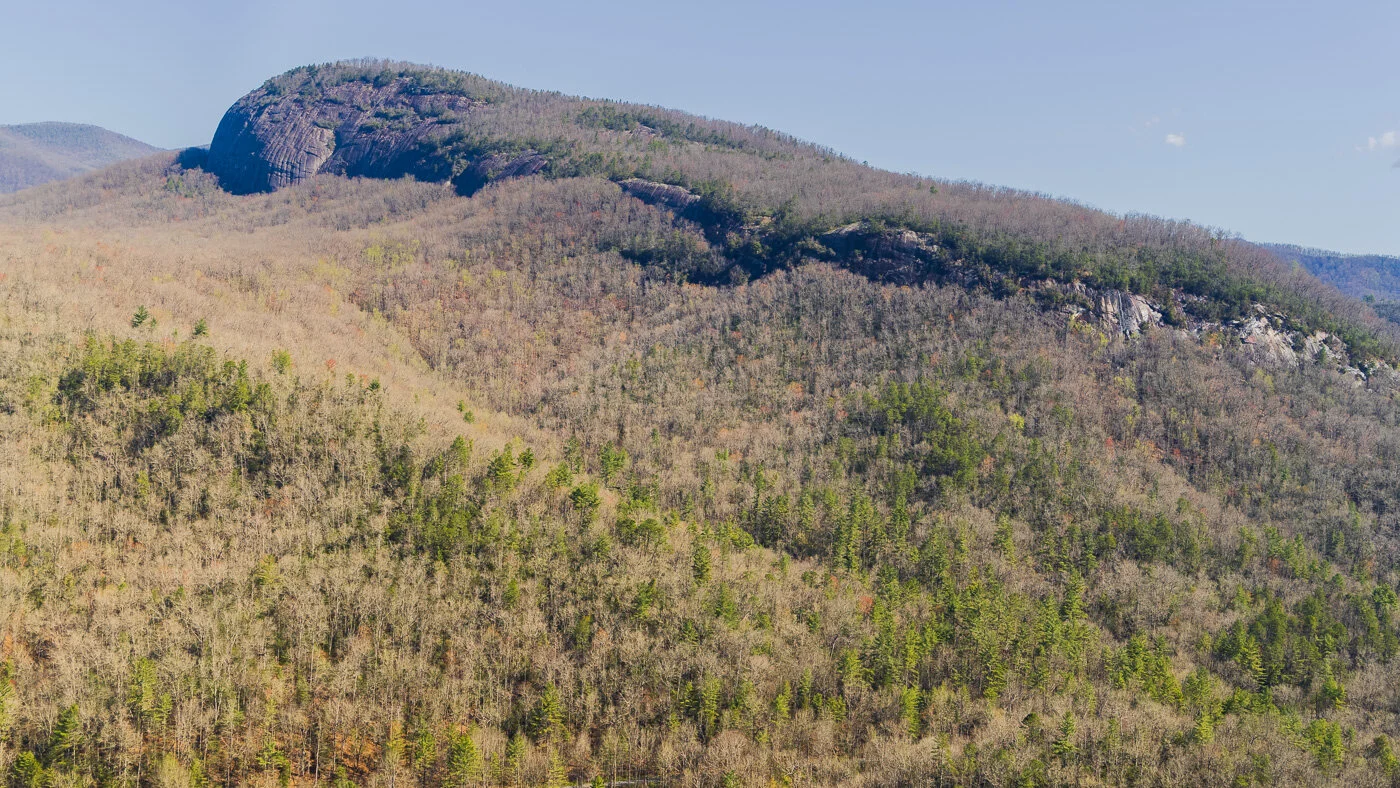Tuesday is my grandmother’s birthday. She was born in tiny village in what is now Slovenia in 1885, and immigrated to the Iron Range of Minnesota at age 27. She worked in a boarding house that had “hot beds.” That is, iron miners as my grandfather, would sleep in a bed and then when at work, a miner from another shift would sleep in that bed. They were soon married, and at age 29 grandma would give birth to the first of a dozen children. Nearly every day of her life with children at home she’d make bread in her wood burning stove.
My mom came along as baby number ten on the last day of May. One of her strong memories was the celebration of Mary during the month of May. The girls would gather baskets of flower petals and shower them on the aisle of the church.
Two days ago was my sister Nora’s birthday. Our grandmother Nora died at age 20 when our dad was only two years old, and we have no idea when her birthday was. But we can image that she, too, was born in May. The month greets us with the jewels of flowers blooming and the birds singing their spring songs. Here are some of those winged gems at a nearby forest preserve this month.
Eastern Kingbird on cattail
Goldfinch
The most glorious arrival of this May came to Joe and Kelly. Our first grandchild Hailey Ann joined this world on Monday. She’s part of a long, beautiful parade of May wonders.














































































































































































